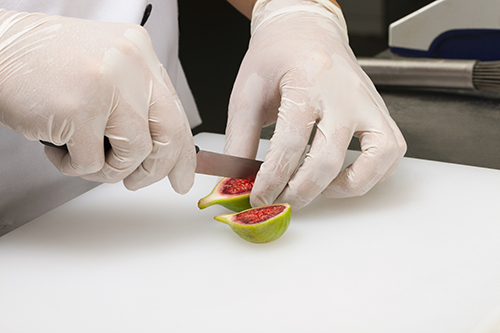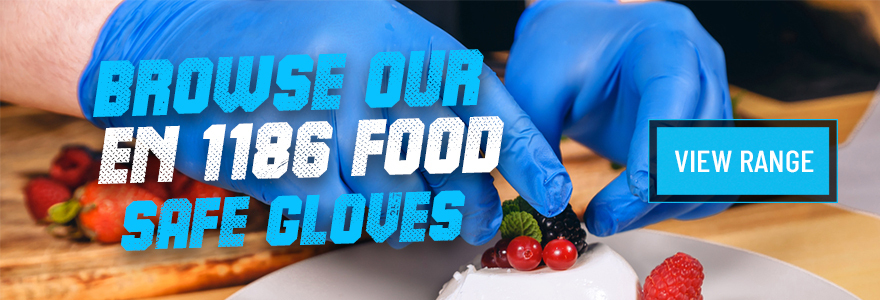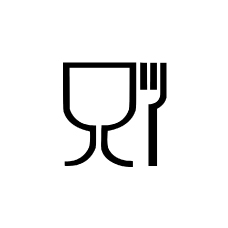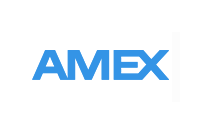| EN 1186 Explained20 February 2018 | Eugene Glove regulations are often put in place to protect workers, but when it comes to food, ensuring the end product is clean, safe and healthy is always the top priority. When corners are cut, the consumer is put at risk, so food safety regulations must always be followed precisely. This can be easier said than done though, with plenty of complex and scientifically worded regulations to make sense of. At WorkGloves.co.uk, we're committed to helping our customers gain a more complete understanding of the regulations they need to follow, so we've compiled a short guide where we lay out the basics in plain English. What is EN 1186?Simply put, EN 1186 is the European standard that needs to be passed for a glove, or any other piece of equipment, to be able to safely come into contact with food. This regulation must be met for all plastic materials including gloves, food packaging materials, storage containers and utensils. EN 1186 is in place to govern which materials can be used in gloves, and also to limit the release of trace amounts of plastics that may be harmful to humans into food, with two main limits that must be adhered to:
Acceptable migration levels are miniscule. For example, only 0.6mg of manganese per kilogram of food or food stimulant is permitted. OML levels are measured in surface area, and no glove can transfer over 10mg of material per square decimeter of food contact surface.
How is EN 1186 Tested?Every glove manufacturer must go through two stages of testing to ensure that their product is suitable for food contact. These two stages are:
How to Identify an EN 1186 Compliant Work GloveWhile the testing and specifics of the regulation are quite complex, identifying compliant products is relatively simple. In the UK, every glove that passes the two tests listed above will proudly display the following symbol:
Our EN 1186 Compliant GlovesWe hope this article took some of the confusion out of food safety regulations for gloves, and helped you make sense of what EN 1186 really is. An EN 1186 compliant glove will leave you with the purest and safest end food product, allowing you full confidence in the goods you supply to your customers. To browse all of the the EN 1186 compliant gloves we have on offer, take a look at our EN 1186 Work Gloves category. Have any questions, or something to add? Leave us your feedback in the comments section below, or get in touch with our Customer Care Team at 020 7501 0597. | ||||||||









